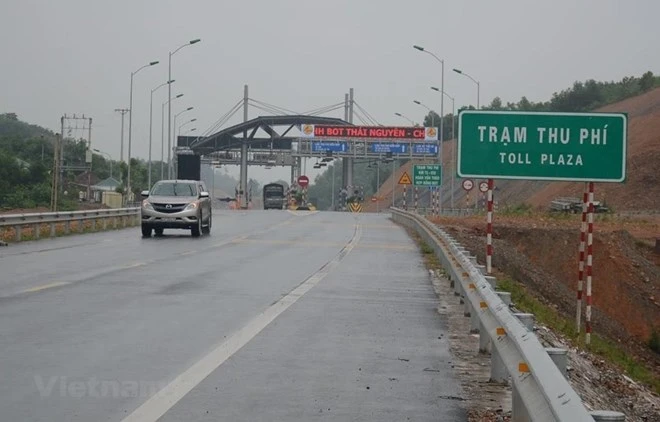
The Draft Investment Law was being prepared since July 2018, and was completed after collecting many ideas and suggestions of experts, companies and authorities.
Sectors allowed to apply PPP
The Draft PPP Investment Law has narrowed the sectors which will be allowed to apply PPP, compared to the old law. Accordingly, PPP will not be allowed to be applied in the sectors which don’t have any previous projects so far, and sectors which have projects already but are not effective. These projects can be implemented under other investment criteria.
In detail, the sectors which are allowed to apply PPP include transportation; power plants and electricity transportation systems; clean water systems, water pipelines, sewage treatment plants; public infrastructure, public parks; head offices of government agencies and other public offices; healthcare, education, training; technology and infrastructure.
In order to make PPP Investment Law more flexible, the draft law allows ministries, sectors and local authorities to propose new sectors and areas which are being applied under PPP to the Prime Minister for further approval.
The minimum investment capital of a PPP project is designed by government based on different sectors, but will not be lower than VND 200bn, excluding the projects which have Operation-Management (O&M) contracts.
The Draft PPP Law classifies 7 investment contracts into 3 groups: group of projects which will collect fee from users including BOT, BTO, BOO and O&M; group of projects that government will settle based on project quality; and the group which uses public assets to exchange for the projects (BT).
The Draft PPP Law also governs the methods to raise capital of PPP investors. Accordingly, the companies who implement PPP projects are allowed to issue corporate bonds after completing construction or when going into operation.
Conflict with other laws
Nguyen Van Phuc, Former Deputy Chairman of the Economic Committee of the National Assembly, said that we should not treat public projects equal with private projects as it will impact the investment trend and investor confidence. The process and procedure to supply capital to PPP projects should be special to push up the speed of PPP projects.
According to Bui Van Xuyen, Member of Legal Committee of the National Assembly, the Draft PPP Investment Law currently conflicts with the National Budget Law and the Constitution, hence, besides being flexible the law should also be stricter.
“Legal risks of PPP projects is huge when the current laws have governed PPP projects but the new specialized law continues to govern these projects differently. However, according to the legal system, the new law will be effective over the older law. So if there is a new law which also governs the PPP contract but is effective after this PPP Investment Law, then what law we should follow?”, asked Dau Anh Tuan, Head of the Legal Apartment, VCCI.
Nguyen Van Phuc also said “there should be a mechanism to stabilize the legal frame work for PPP projects, including amending and revising the other laws. If we issue the new law, but do not want it to be different from the old law, we will never make the change”.
Buffer to reduce risk
The Draft PPP Investment Law also creates some buffers to protect investors in implementing the PPP projects.
Accordingly, based on each project, the government will have the support of foreign currency capital. The maximum support is 30% of the amount which is the result of the deduction of operating cost from total revenue of the project.
The new law also allows investors to adjust the price, fee or contract maturity based on the nature of each project.
For the PPP projects, which are approved by National Assembly and Prime Minister, if the revenue of the projects is not enough to cover the operating costs, the government will commit to subsidize maximum 50% of the amount which is the difference between actual revenue and contract estimated revenue.
Some experts said that the PPP projects should have guarantee from the government to make these projects more attractive, however, many members of the National Assembly did not agree with this point. According to Bui Van Xuyen, to determine which cases the government gives guarantee, investors need to use the regulations of Public Debt Management Law.
“Who are the arbitrators to solve the conflicts happening in the implementing process of PPP projects? Is it suitable with the Investment Law when the investors are foreigners?”, said Bui Van Xuyen.
“Many bottlenecks remain, the mechanism to contribute the capital, manage and use the capital is not detailed enough. Legal loopholes remain as well. The revenue sharing regime creates more risks”, said Mai Thi Anh Tuyen.




















